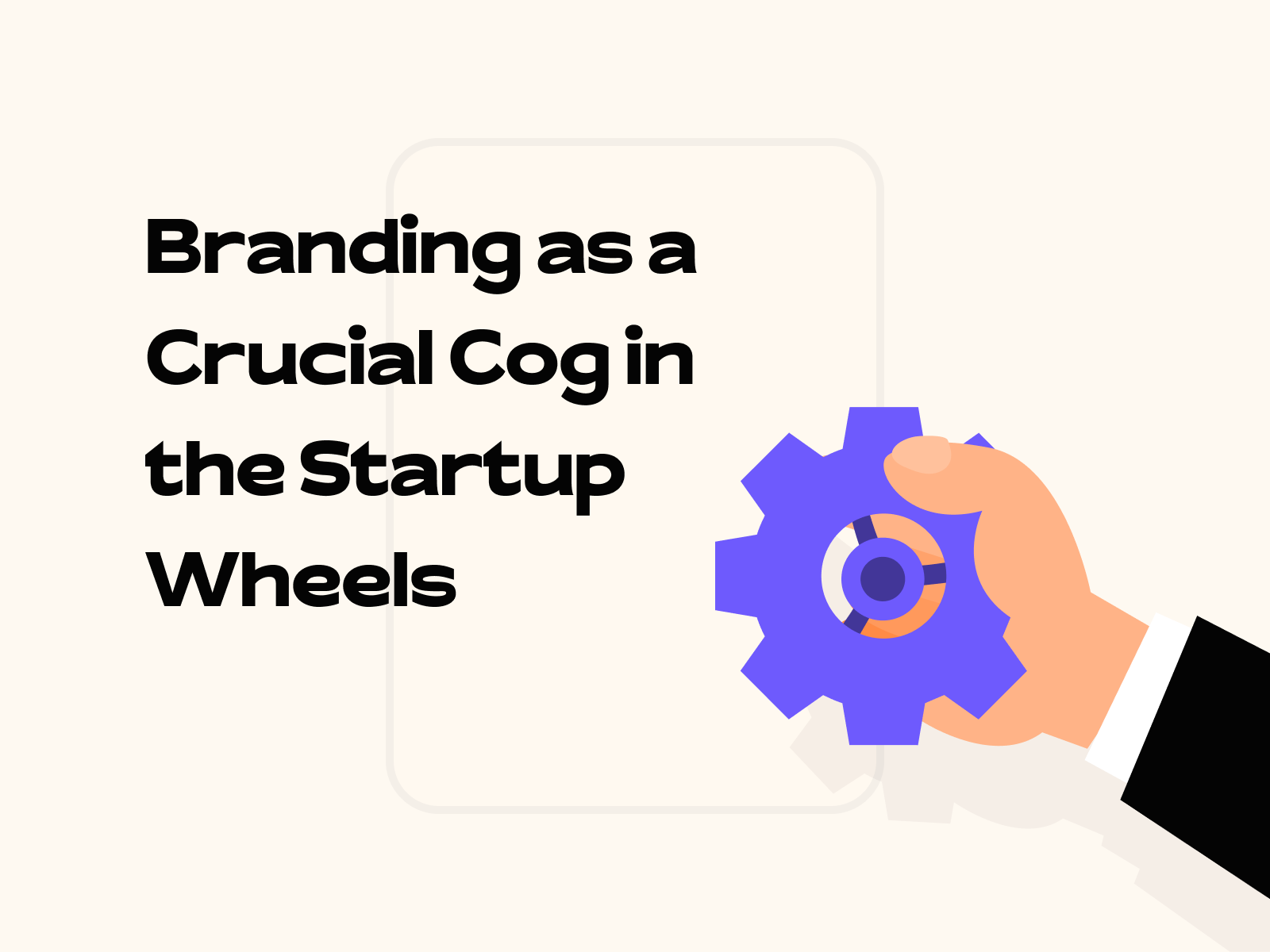Startups are all over the place, no matter which domain you look into, and a good percentage of them make it big. Most of the startup founders are young people in the age group of 18 to 40. Many of them are armed with professional degrees from reputed institutes across the globe.
Whether they have received management education or not, most Startup founders know the importance of marketing and branding. In this blog, we will closely examine what branding is and how it is a crucial cog in startups’ wheels.
So, let’s dive straight in.
The ABC of Branding…
Brand means a foundational promise of a company, which it makes to its customers, and branding is the promotion.
Branding involves brand design, which involves crafting the promise and developing promotional campaigns. For a layman, branding includes a company’s image, business policies, and customer interaction.
However, for branding professionals, it is much more detailed than what a layman thinks it to be.
“Your brand is what other people say about you when you’re not in the room. “- Jeff Bezos, Founder & CEO of Amazon.
How is Branding Done? What are its Characteristics?
1. Perpetual Process
It is an everlasting process and will never end as long as the company exists. However, people, markets, and domains constantly change, and brands should keep up with the environment.
2. Creation
Branding is a well-defined process in which you first identify how you want to position yourself in front of stakeholders and then create your brand strategy accordingly. Once you have a positioning in place, you keep managing and tweaking it as per requirement.
3. Action
Once you know your positioning, it is time for action in the form of products, ads, and content. Along with this, service and customer support also add value to your brand.
4. Perception
This is the image a company’s customers or potential customers have in their minds about the company. The products/services and branding process creates this image.
5. Stakeholders
Clients are not your only stakeholders who have an impact on you. Employees, possible clients, business partners, and shareholders all have different perceptions about the brand and different interactions with the brand.
So, having seen what branding is and how it impacts the company, let’s look at branding in startups.
Startup Branding
There are umpteen cases in which startups have simply copied their competitor’s identity or what is trending and failed as a result.
This copying will not work.
In the long run, a startup cannot sustain itself without having its own brand image and identity.
So, let’s go through a step-by-step process of startup branding and see how it is a crucial cog in startup wheels.
Step #1 Tell The Story
You should start building your brand by telling your personal story as a startup founder. As you tell your story to the target audience, you will identify the truth behind your motivation to launch the startup.
Step #2 Set the Tone
You need to choose your brand voice, and the best way to do it is to take a piece of paper and jot down all the words that come to your mind related to your business and your personal story.
Once you have created a list of words, you should shortlist three of them that best represent the vibes you want your business to have.
Step #3 Name Your Business
You need to follow some simple rules while naming your company. The name should be easy to remember and easy to spell, and it should reflect your brand voice.
Many startup founders chose a name that was not easy to spell and struggled to get traffic because their target audience could not remember the spelling.
The name should be short, sweet, and unique. You will be limiting your business from day one if you do not do so.
However, before finalizing, ensure that the name is available and start all over again.
Step #4 Mission Statement
For startups, this is a crucial cog in their wheels because it sets the tone for internal culture and moves your brand forward.
If you know what your brand voice should be, coming up with a perfect mission statement becomes very easy.
Step #5 Identify Your Colors
Choosing the most suitable color for your brand is as important as any other branding exercise. You may be tempted to choose the color you like, but obviously, it is not the most logical thing to do.
The choice of colors again depends on the products/services being offered, the brand identity, and the image you want to portray.
Step #6 Logo
Every major brand or company has a logo, which stands for the brand itself. People will identify you from the logo without any text, which indicates your identity. You can do this in-house or outsource it to a Graphic design company.
In case you outsource the requirement, ensure that you convey your solid brand identity to
help them come up with the most appropriate logo.
The logo should be simple, appropriate, and unique at the same time.
Step#7 Everything Put Together
In this step, startups put everything together and launch their business. The name, mission statement, colors, and logo are what create a company. All these are part of branding and are a crucial cog in the startup wheels.
However, this is just the beginning of branding for startups, and the process never ends. Startups are also spending heavily on websites, company t-shirts, packaging, and business cards, as all of these play a big role in Branding.
Wrapping Up…
Branding is inevitable for startups because it differentiates them from their rivals and attracts customers. A well-defined branding strategy is needed for establishing trust and credibility.
Research shows that 95% of customer purchasing decisions are subconscious. As a result, customers will be driven by how they feel about the startup and not the pricing, features, or other reasons. Startups are focusing on branding because they know that if done correctly, it will help them to grow exponentially.




